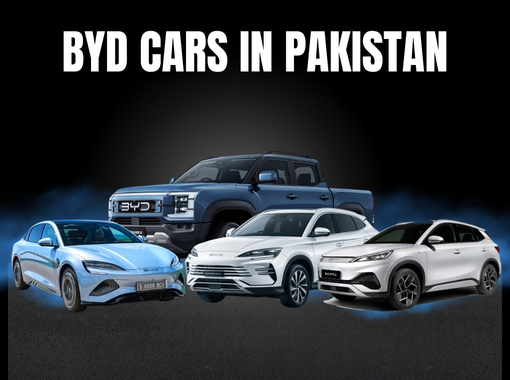Over the past few years, Chinese car brands have taken the Pakistani auto market by storm. Once viewed with skepticism, they are now becoming serious competitors to established Japanese and Korean manufacturers. From affordable pricing to modern features, Chinese vehicles are winning over Pakistani drivers—especially younger buyers looking for style, tech, and value.
Let’s uncover what’s accelerating the rise of Chinese cars in Pakistan’s auto scene.
1. Competitive Pricing with More Features
One of the biggest reasons Chinese cars are gaining ground is value for money. Brands like Changan, MG, DFSK, and Haval offer vehicles loaded with features—touchscreens, sunroofs, advanced safety options—at prices much lower than their Japanese or Korean rivals.
For example, the MG HS delivers premium design and features similar to much more expensive crossovers. This cost advantage has made Chinese cars especially appealing in a market where affordability is critical.
2. Modern Designs and Tech Appeal
Chinese automakers have significantly upgraded their design language. No longer dull or outdated, most new models look sharp, modern, and even sporty. Cars like the Haval Jolion or Changan Alsvin boast LED lights, digital instrument panels, and leather interiors that appeal to urban consumers.
Younger buyers in Pakistan, especially in cities like Lahore, Karachi, and Islamabad, are more tech-savvy and want features that feel “next-gen”—something Chinese brands are delivering successfully.
3. Expanding Local Assembly and Support
Chinese automakers have been investing in local assembly plants and service networks, which is helping reduce prices further and improve trust. Changan and MG now have local manufacturing in Pakistan, making it easier to access spare parts, reduce delivery times, and provide after-sales service.
This local presence has helped remove the fear of “import-only” models that might be hard to maintain or resell.
4. Fuel-Efficient and Eco-Friendly Options
As fuel prices continue to rise, many Chinese vehicles offer better mileage compared to older models from traditional brands. Some, like the MG ZS EV, have also brought electric vehicle (EV) options into the mainstream—an exciting development for eco-conscious buyers.
This has put Chinese brands at the forefront of fuel economy and environmental awareness in the Pakistani auto scene.
5. Breaking the Brand Loyalty Barrier
For years, Pakistani car buyers have preferred to play it safe by sticking to familiar names like Toyota, Honda, and Suzuki. But rising prices, lack of innovation, and delayed deliveries have forced many to explore alternatives. Chinese cars, with their attractive packages, have proven that quality and innovation can come from new names, not just old favorites.
Final Thoughts
Chinese cars are no longer the underdogs—they’re setting trends. At Garibaaz, we’ve been tracking how their stylish designs, smart pricing, and improving support systems are reshaping what Pakistanis expect from their vehicles. As the market opens up and competition grows, one thing is clear: Chinese cars are here to stay


